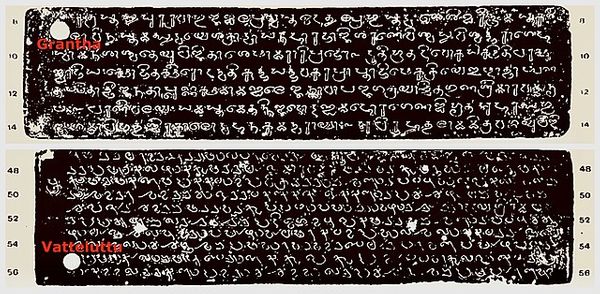The ongoing farmers protest in India that has divided India into two parts led me dig into the biggest peasantry revolt in ancient India that not only dethroned the Cheras, the Pandyas and the powerful Cholas but also reigned the Tamil Nadu part of South India for almost 75 years.
Here we share all the little information that we have about the peasant protest by Kalabhra of the South India –
The Kalabhra Revolt – A Peasant Protest in the 6th Century South India
The period between 300 and 750 AD is known as an important era for agrarian expansion and state formation in the Indian peninsula. While a very little is known after the eclipse of the Pandyas, Cheras and Cholas, there is an event that finds mention in the history – the Kalabhra revolt.
buy singulair online https://rxnoprescriptionrxbuyonline.com/singulair.html no prescription
Directed against the existing political and social order in the then South India, the Kalabhra revolt was an authoritative peasant protest focused against the landed brahmanas. The Kalabhras put an end to the brahmadeya rights granted to the brahmanas in various villages despite the belief that and teachings that those who attack land grants are condemned to hell for 60,000 years.
buy tadalafil online https://rxnoprescriptionrxbuyonline.com/tadalafil.html no prescription
By the end of the protest, the Kalabhras had imprisoned the powerful kings of the Chola, Pandya and the Chera dynasty – proving how formidable their protest was!
Who are the Kalabhras of Ancient India?
buy flagyl online elitevisioncare.com/wp-content/themes/Divi/common/scripts/js/flagyl.html no prescription
buy strattera online https://pridedentaloffice.com/wp-content/languages/new/over/strattera.html no prescription
buy strattera online https://pridedentaloffice.com/wp-content/languages/new/over/strattera.html no prescription
The Kalabhras patronized the Buddhist monasteries and are so believed to be of Buddhist persuasion living in the northern area of Tamilakam – the modern part of Tamil Nadu and Kerala. Their era is often called as dark ages in the Sangam literature because they defeated the succession of the Pandya, Chera and Chola dynasty, which is why there are painted as antagonists and there is little or no traces about them.
buy elavil online https://pridedentaloffice.com/wp-content/languages/new/over/elavil.html no prescription
buy vardenafil online https://rxnoprescriptionrxbuyonline.com/vardenafil.html no prescription
The Kalabhras revolt was so widespread that it could be quelled only through the joint efforts of the Pandyas, the Pallavas, and the Chalukyas of Badami.


